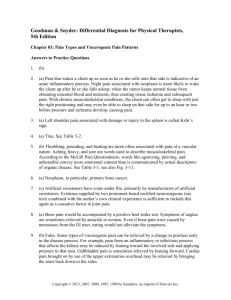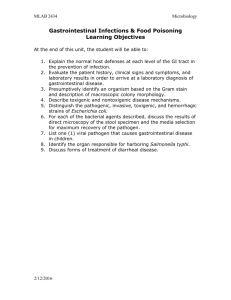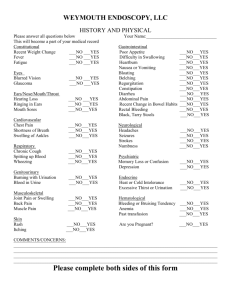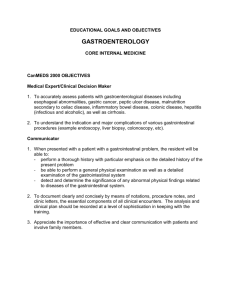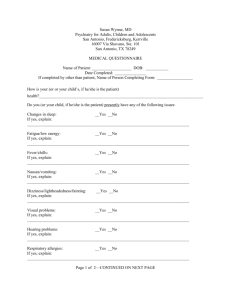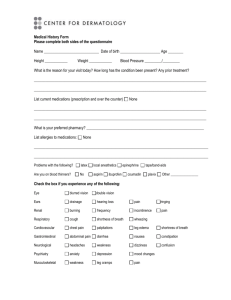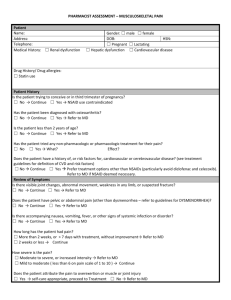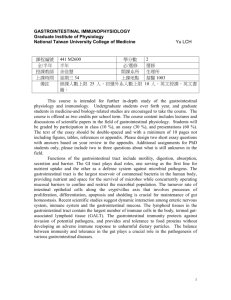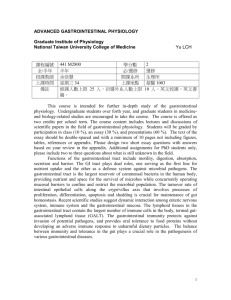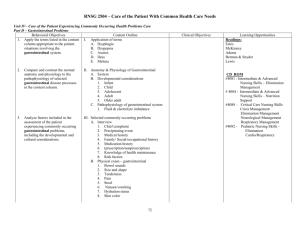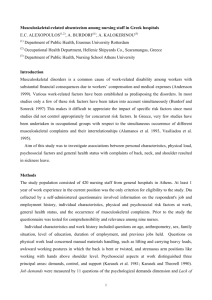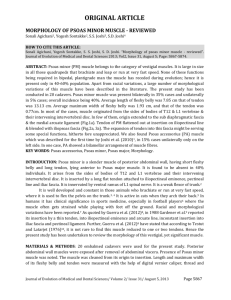Answers for Practice Test Questions
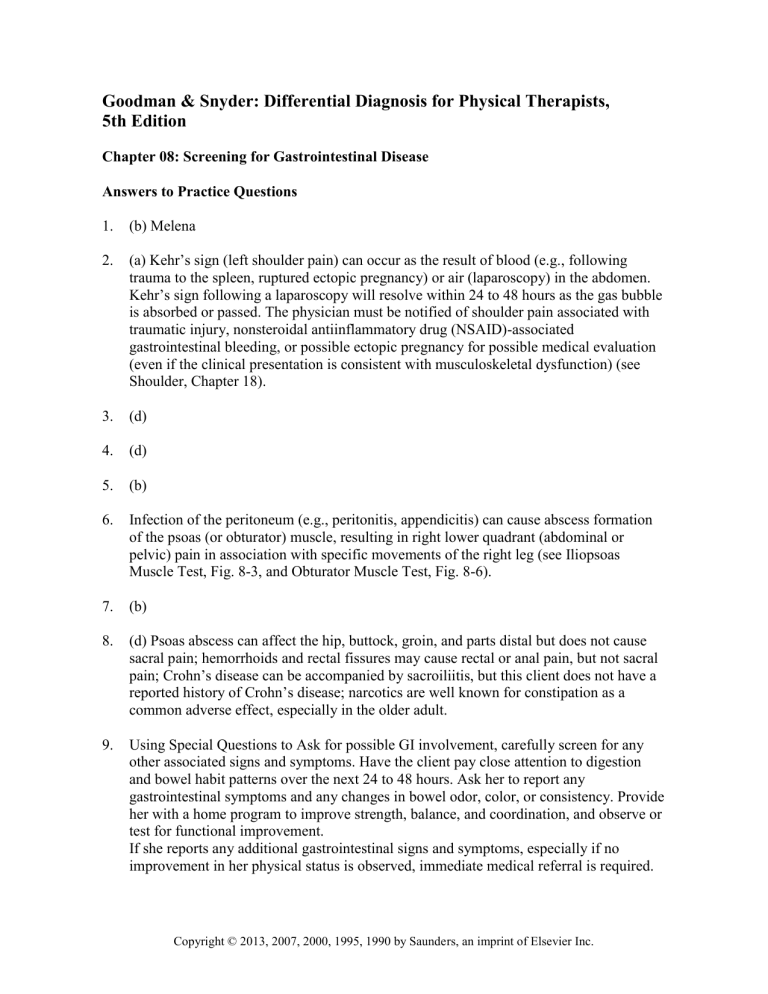
Goodman & Snyder: Differential Diagnosis for Physical Therapists,
5th Edition
Chapter 08: Screening for Gastrointestinal Disease
Answers to Practice Questions
1. (b) Melena
2. (a) Kehr’s sign (left shoulder pain) can occur as the result of blood (e.g., following trauma to the spleen, ruptured ectopic pregnancy) or air (laparoscopy) in the abdomen.
Kehr’s sign following a laparoscopy will resolve within 24 to 48 hours as the gas bubble is absorbed or passed. The physician must be notified of shoulder pain associated with traumatic injury, nonsteroidal antiinflammatory drug (NSAID)-associated gastrointestinal bleeding, or possible ectopic pregnancy for possible medical evaluation
(even if the clinical presentation is consistent with musculoskeletal dysfunction) (see
Shoulder, Chapter 18).
3. (d)
4. (d)
5. (b)
6. Infection of the peritoneum (e.g., peritonitis, appendicitis) can cause abscess formation of the psoas (or obturator) muscle, resulting in right lower quadrant (abdominal or pelvic) pain in association with specific movements of the right leg (see Iliopsoas
Muscle Test, Fig. 8-3, and Obturator Muscle Test, Fig. 8-6).
7. (b)
8. (d) Psoas abscess can affect the hip, buttock, groin, and parts distal but does not cause sacral pain; hemorrhoids and rectal fissures may cause rectal or anal pain, but not sacral pain; Crohn’s disease can be accompanied by sacroiliitis, but this client does not have a reported history of Crohn’s disease; narcotics are well known for constipation as a common adverse effect, especially in the older adult.
9. Using Special Questions to Ask for possible GI involvement, carefully screen for any other associated signs and symptoms. Have the client pay close attention to digestion and bowel habit patterns over the next 24 to 48 hours. Ask her to report any gastrointestinal symptoms and any changes in bowel odor, color, or consistency. Provide her with a home program to improve strength, balance, and coordination, and observe or test for functional improvement.
If she reports any additional gastrointestinal signs and symptoms, especially if no improvement in her physical status is observed, immediate medical referral is required.
Copyright © 2013, 2007, 2000, 1995, 1990 by Saunders, an imprint of Elsevier Inc.
Answers to Practice Questions 8-2
Otherwise, send the physician a brief note outlining your findings, your program, and any progress (or lack of progress), and include a question such as:
Dr. Smith, Mrs. Jones has had several episodes of lightheadedness. At the same time, she says her legs feel “rubbery and weak.” This is not a typical musculoskeletal pattern.
Is there any connection between her use of NSAIDs (she is taking a prescription NSAID and an over-the-counter NSAID daily) and this pattern of weakness?
Always remember to relay information and ask questions that demonstrate that you are practicing within the scope of physical therapy practice.
10. (a) or (d) Some physicians and physical therapists advocate taking the body temperature as part of a vital sign assessment in all clients (answer [a]). Others suggest that this may not be necessary in cases in which a clear musculoskeletal cause is noted for the clinical presentation, as well as an absence of any systemically associated signs and symptoms.
As a general guideline, vital sign assessment can provide valuable screening and overall health information. For the student and inexperienced clinician, we highly recommend this practice. For further discussion of this topic, see Chapter 4.
Copyright © 2013, 2007, 2000, 1995, 1990 by Saunders, an imprint of Elsevier Inc.
